There’s no reason winter should stop you from riding your bike. Whether you normally get in the saddle for commuting, fitness, or pleasure, you can still have comfortable and enjoyable rides even in cold weather. Here are some necessities to prepare you and your bike for winter cycling.
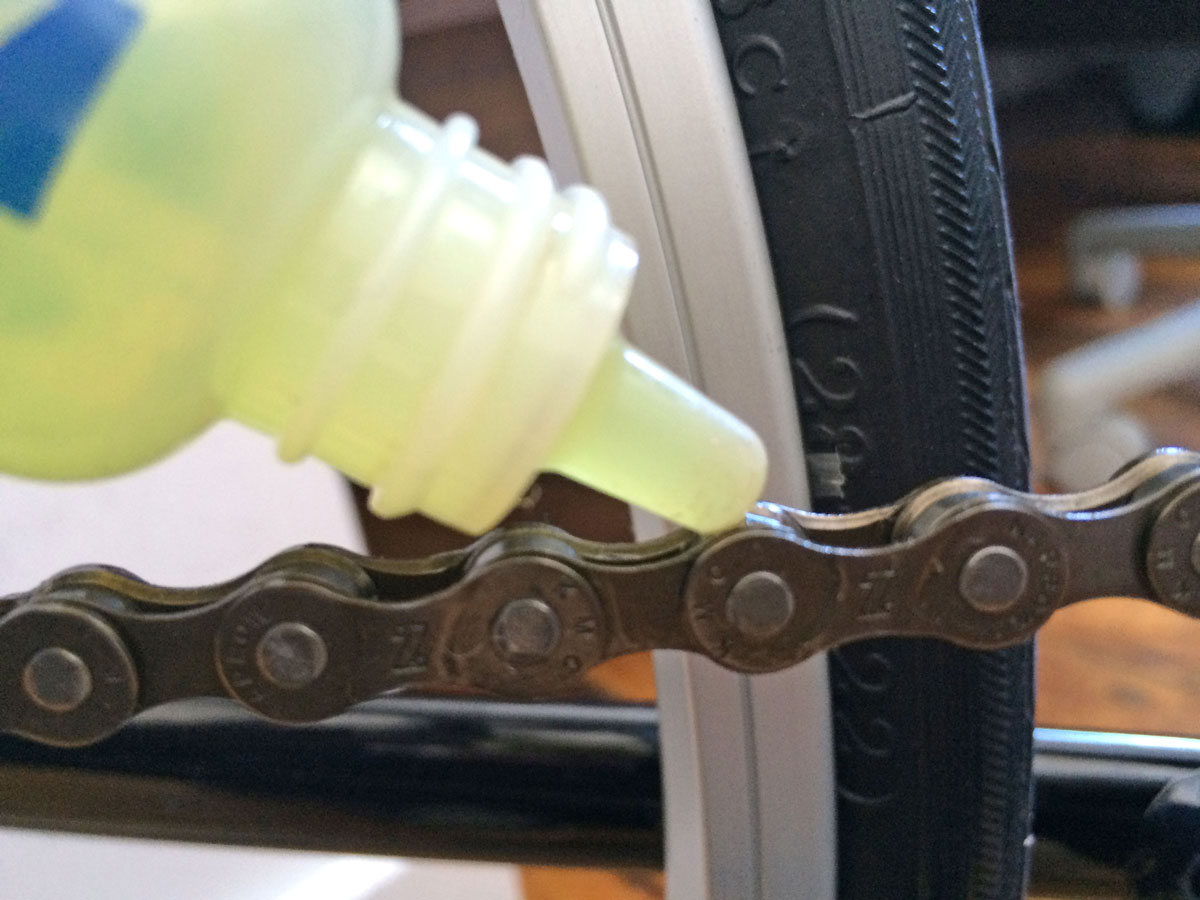
1. Clean, Lubricate, and Service Your Bike
Riding in the winter is tough on your equipment. Harsh weather and road salt and sand can quickly corrode components and contribute to accelerated wear and tear. It’s crucial to regularly clean your bike in winter, and it’s best to head into winter with a clean, lubricated bike in top condition. You’ll thank yourself later when you can easily wipe off that slush from your ride without worrying about months of caked on grease and dirt underneath.
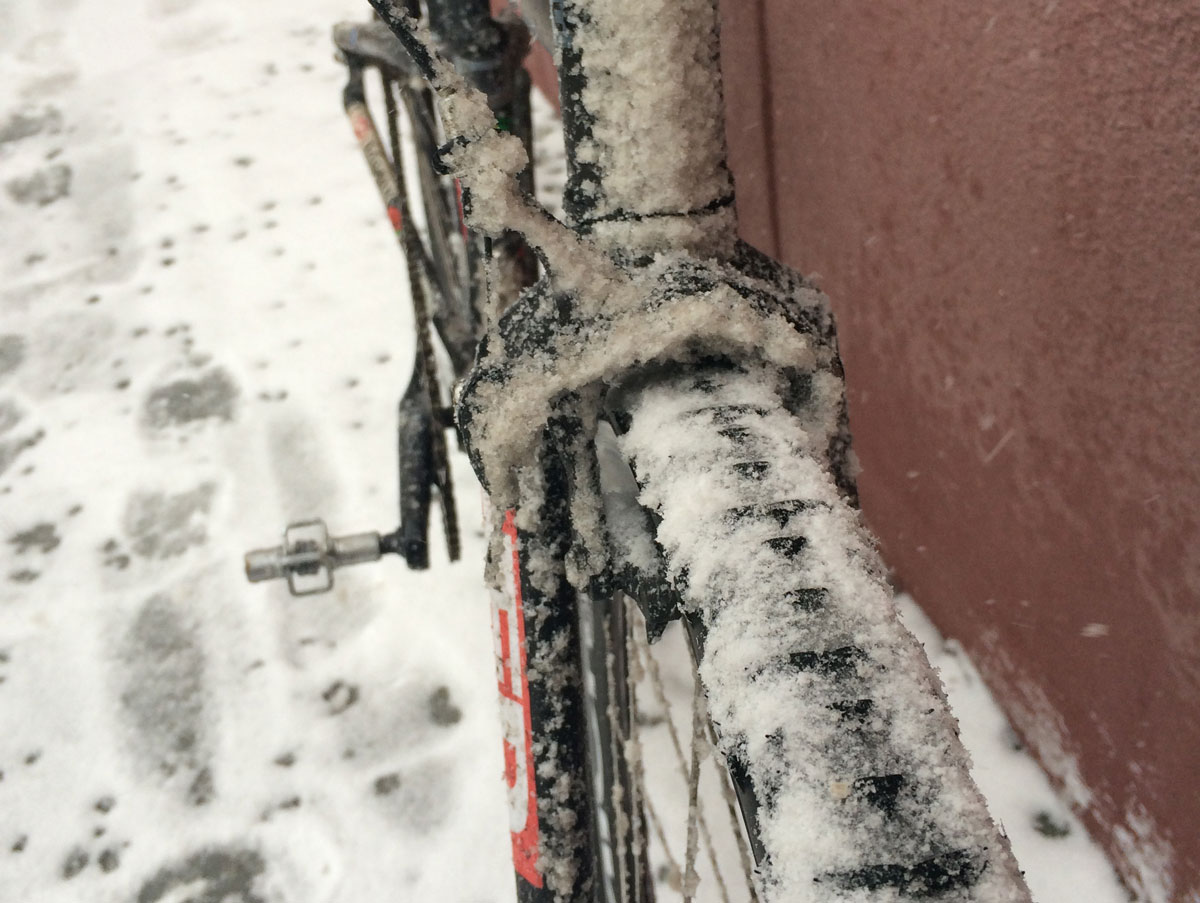
2. Install Mud Guards
If there is one necessary accessory for your bike in winter, it’s fenders. Staying dry is essential to staying warm, and even when there’s no precipitation falling, the slow melt of accumulated snow and ice means roads are almost always wet. Fenders also help to keep the rest of your bike dry which means less time spent cleaning after your rides. You want to avoid situations like the picture above. All that ice and road salt on your components corrode them faster and shorten their life span.
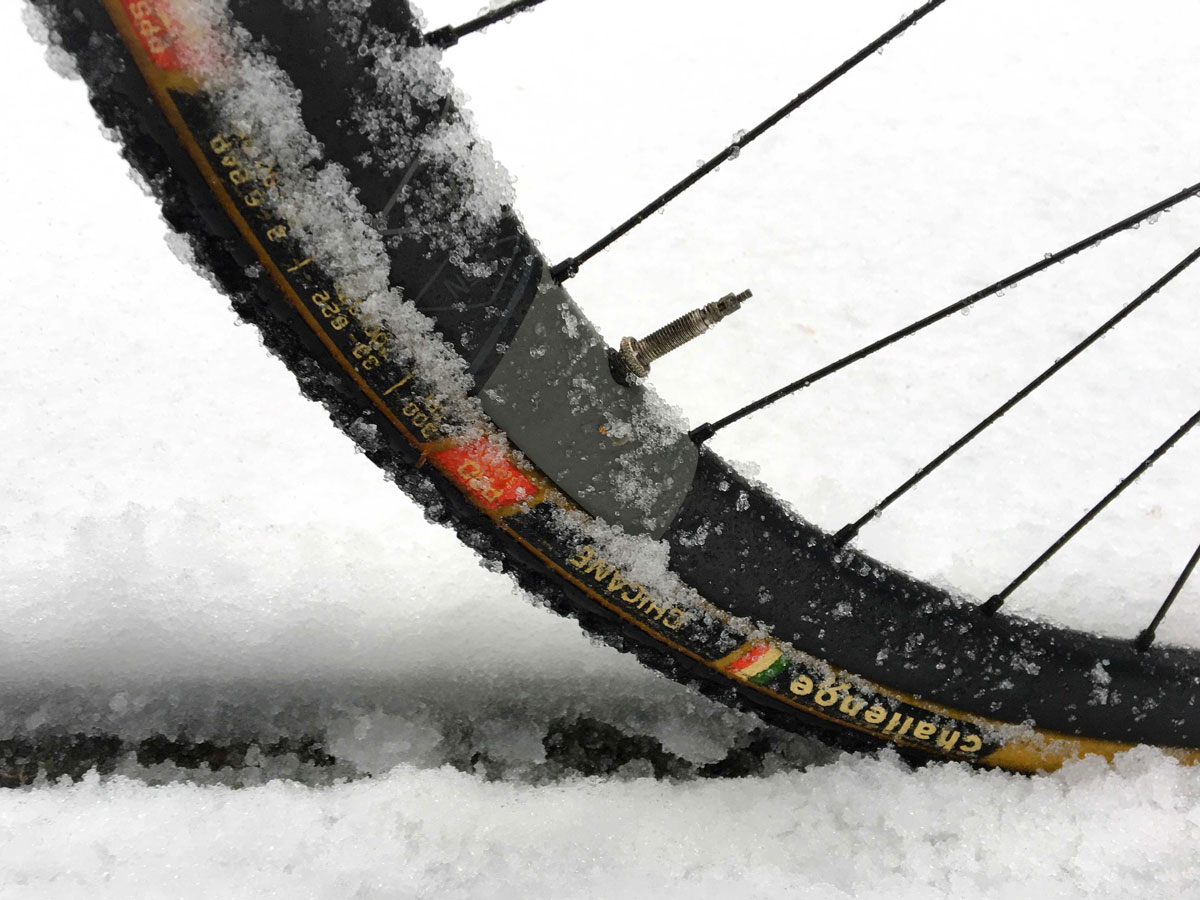
3. Install Winter Tires
The need for special studded tires depends on your area and where you’re riding. If you’re often dealing with ice and hard packed areas of snow, then studded tires will be your best friend. They actually have metal studs embedded in the tire tread for extra traction. If you’re in an urban area where the roads are usually thoroughly cleared, they’re probably overkill. Even still, having tires with a substantial tread helps. If you normally ride a smooth road tire, switch to something knobbier. I usually recommend going for a less expensive tire for winter because they take a beating.
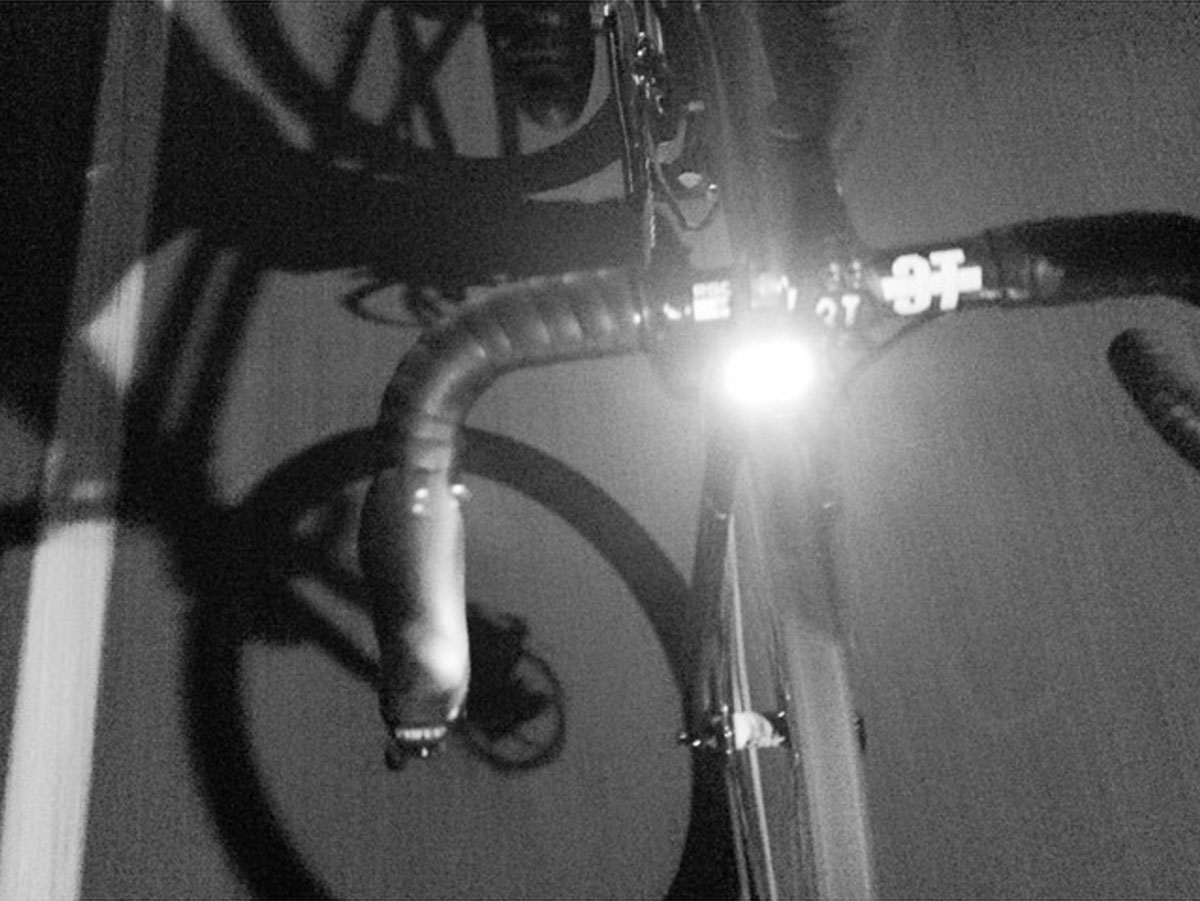
4. Front and Rear Bike Lights
The winter months bring shorter days and earlier sunsets. You’ll inevitably find yourself riding in the dark even if you don’t plan to. Front and rear lights ensure you’ll be seen by drivers, pedestrians, other cyclists. If you’re riding in rural areas where streetlights are few and far between, invest in a front light powerful enough to light your way.
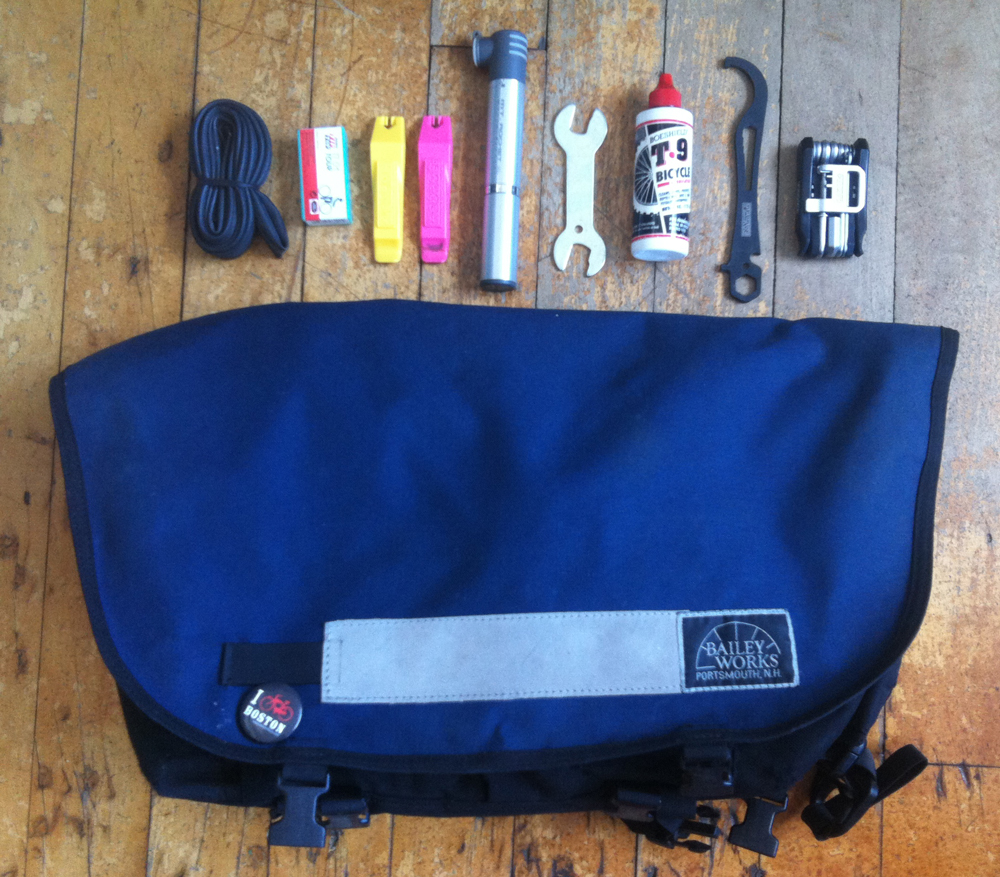
5. Always Carry Tubes and a Pump
You should do this year round, but it’s especially important in the winter months when being stranded on the side of the road in the freezing cold is a much bigger problem. Fixing a flat in the cold is no fun, but it’s better than walking home.
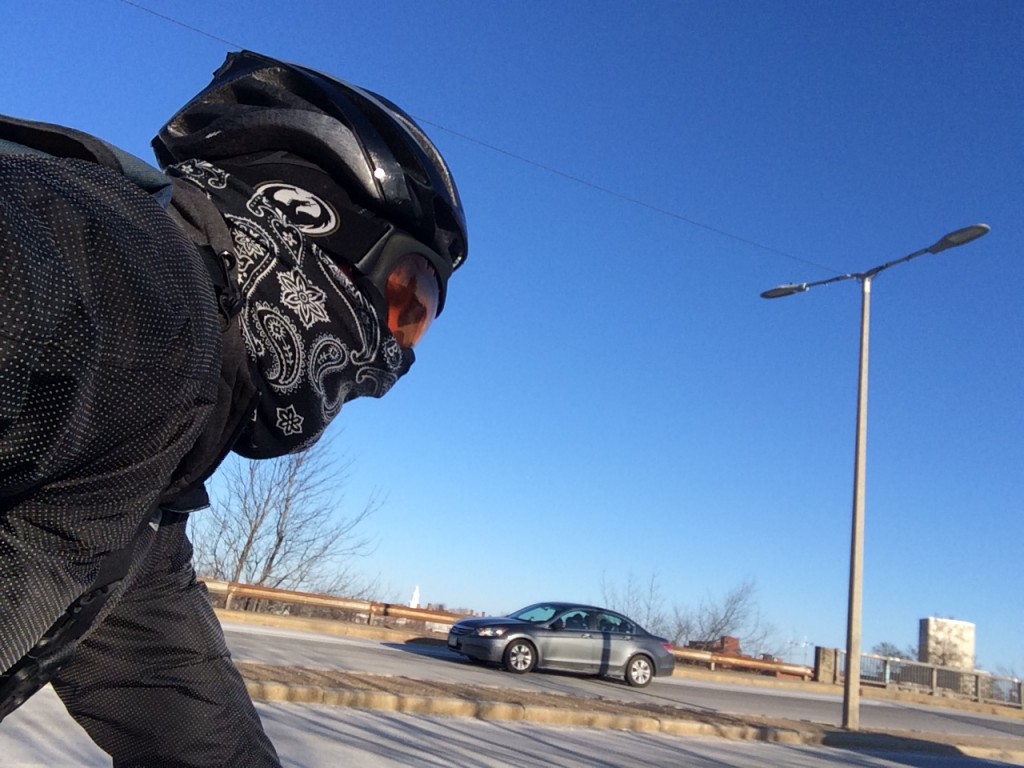
6. Dress in Layers
We’ve covered how to prepare your bike, but what about yourself? How you dress can be the difference between enjoying the fresh air of the great outdoors and regretting your decision to go outside in the first place. Choosing your materials and layers carefully is crucial. The idea is to have a base layer closest to your skin which can wick moisture away from you, a mid layer to provide insulation, and an outer or shell layer to protect you from the elements.
Base Layer – The base layer should ideally be wool or a synthetic material like polyester or a microfiber fabric. They have much better moisture wicking properties than cotton for example, which will hold moisture next to your skin and make you feel even colder.
Insulation Layer – This is generally a looser fitting, thicker layer that provides warmth. Cotton should still be avoided here. Opt for wool, down, or a synthetic fiber like fleece.
Shell Layer – This layer is your final defense against winter. It stops the rain and wind from getting to you, so it should be a breathable waterproof material (like GoreTex) or at least water resistant.
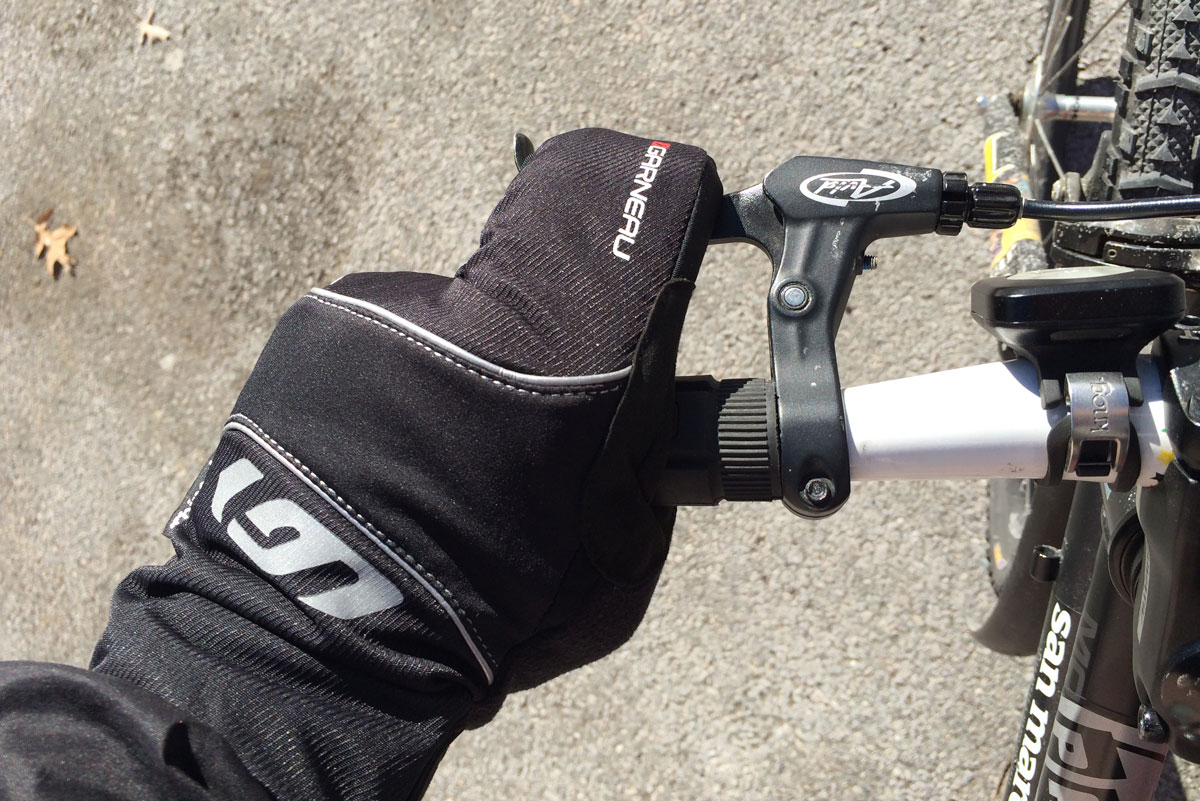
7. Keep Appendages Warm
Usually your core stays nice and toasty while you’re cycling due to the physical activity. The cardio gets your body temperature up, but that doesn’t always translate to warm fingers and toes. They’re the farthest parts of your body from the heart and they’re more exposed to the elements, so it’s important to keep them insulated. Wool or synthetic socks are a must, and waterproof boots or shoe covers if you’re riding clipless make all the difference in wet weather.
You’ll probably find fingers are the coldest part of your body when riding in winter. Your toes get added circulation because you’re using your legs to pedal. Your body has to provide more oxygen to your legs and as a result your toes get a boost. Your arms and fingers on the other hand (pun intended), are not doing much. Warm and waterproof gloves are key. Mittens will be the warmest but they make shifting and braking difficult. For the coldest weather I opt for “Lobster Claw” style gloves, which are like a mitten split down the middle. Some of your fingers stay together for added heat sharing but you can still grab the brake levers easily.
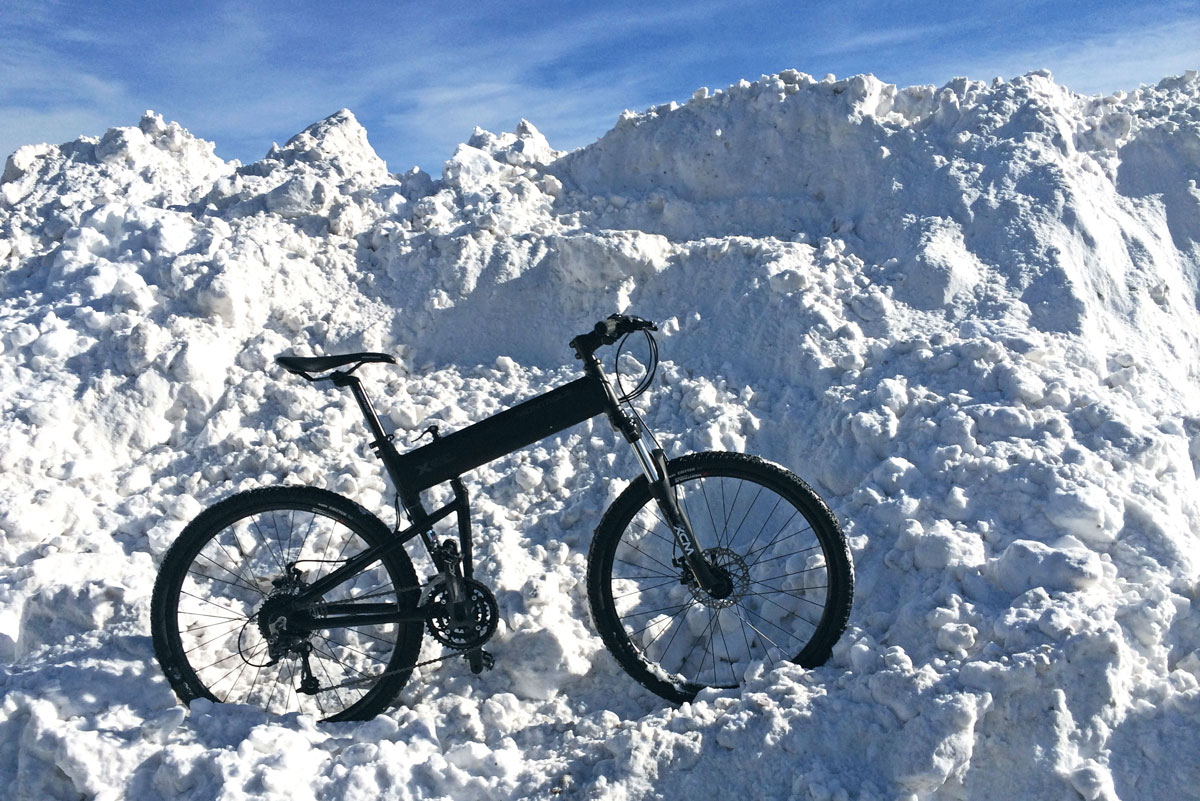
8. Don’t be Afraid of Snow
A lot of people opt not to ride on the days when snow is falling. For me, this is the most fun you’ll have on a bike all winter. Get out there and enjoy it!


Thanks for sharing useful information about bike care. I have shared this your winter cycling check list with my friends.
A most informative read. I’m doing my homework on which bike to acquire and this article extended drive time into winter months. Great advice!
And look for bike gaiters that cover everything down from just under the knee.
Great list! Winter can be a fantastic time for cyclists to ride and it’s a shame to miss the beautiful scenery, fun with a snow and the absence of nasty bugs. However, when riding in extreme temperatures, proper plans and precautions need to be taken into consideration – make sure that your bike is reliable, layer your clothes and be organized! Thanks for sharing!
Thanks for sharing this checklist. I will surely follow this winter guide!